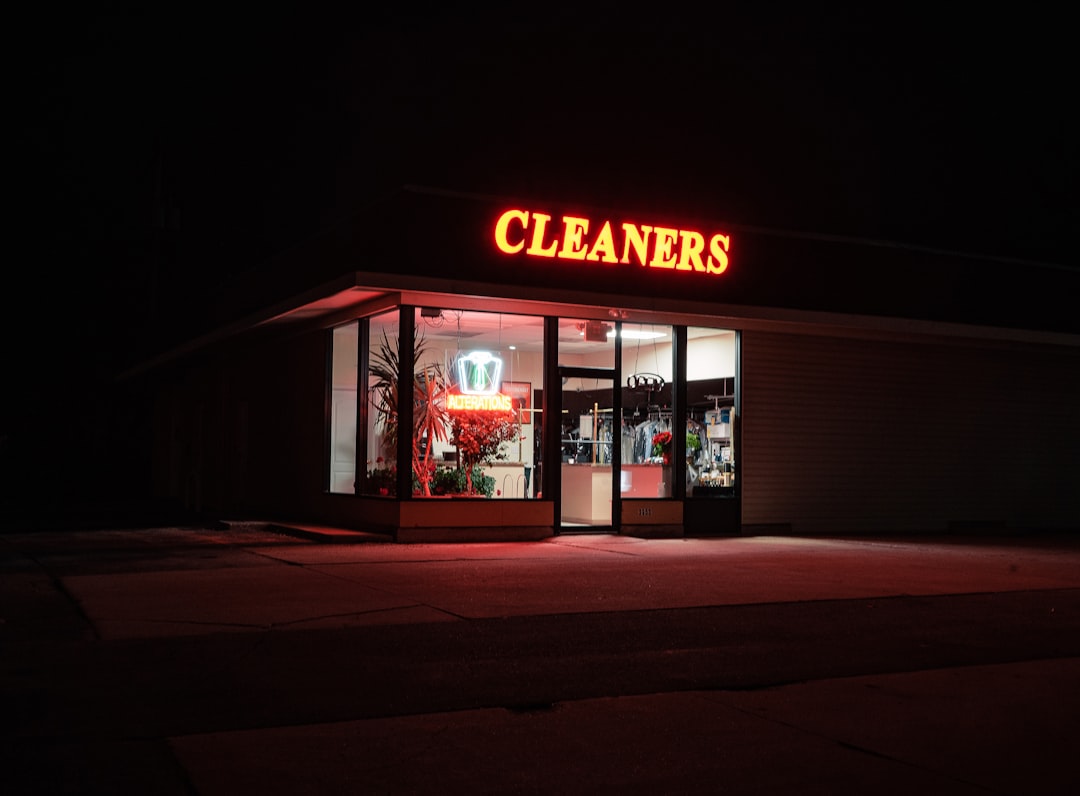In today’s fast-paced digital society, the convenience of instant services has become a vital commodity. Among these services, photo printing has seen a surge in demand for speed without compromising quality. Walgreens, one of America’s most recognizable pharmacy and retail chains, has responded by offering its One Hour Photo Print service. This service promises quick, efficient, and accessible photo printing options designed for modern consumers. By examining its features, benefits, and limitations, we can better understand how Walgreens has positioned itself as a leader in rapid photo development and assess the broader implications for consumer convenience.
The Evolution of Photo Printing Services
Historically, developing photos required days or even weeks as rolls of film had to be processed and printed manually. The emergence of digital cameras revolutionized this process, and eventually, smartphones made photo capturing and sharing instantaneous. However, physical photo prints have not vanished; instead, they have evolved. Consumers now expect the same instant gratification from photo printing as they do from digital technologies.
Recognizing this trend, companies like Walgreens invested in rapid photo development systems. By integrating user-friendly kiosks, smartphone apps, and online platforms, Walgreens provides customers with the ability to upload, edit, and print photos in as little as one hour at hundreds of store locations across the country.
Features of Walgreens One Hour Photo Print Service
Walgreens’ One Hour Photo service is notable for its comprehensive suite of features that cater to a wide demographic of users. Some of its most salient features include:
- Multiple Access Points: Customers can place photo orders through the Walgreens mobile app, website, or in-person kiosks.
- Versatile Printing Options: The service offers prints in various sizes, from wallet-sized images to large posters, photo books, and canvas prints.
- Speed: Most standard photo prints and products are available for pick-up within one hour of ordering.
- Customization: Users can enhance photos with filters, borders, text, and layouts before finalizing their order.
- Local Accessibility: With over 9,000 store locations nationwide, Walgreens offers one of the most accessible photo services in the United States.

The ease with which customers can upload photos directly from their phones or social media platforms also adds an essential layer of convenience, especially for digital natives who rarely use traditional cameras any longer.
Technology Integration and User Interface
The success of any consumer technology hinges on usability. Walgreens’ platforms—both web-based and mobile—are streamlined to reduce friction in the photo ordering process. The mobile app, available on both iOS and Android, allows users to access their photo library, choose images for printing, apply edits, and select their nearest store for pick-up. The integration with cloud storage services like Google Photos and Apple iCloud further adds to the system’s flexibility.
In-store kiosks are similarly intuitive. Touch-screen functionality, guided prompts, and real-time previews make it possible for even tech-averse users to confidently complete their photo printing tasks. For customers who prefer face-to-face interaction, store associates are usually available to assist, creating a hybrid digital-physical service model that appeals to a broad customer base.
Comparative Landscape: Walgreens vs. Competitors
Walgreens isn’t alone in offering one-hour photo services. Its direct competitors include CVS, Walmart, and online services like Shutterfly and Snapfish. However, Walgreens distinguishes itself through:
- Volume and Reach: Its extensive network of stores provides convenient access, particularly in urban and suburban regions.
- Quick Turnaround Time: While online services may provide more customization and product variety, they often require several days for delivery.
- Real-Time Inventory Visibility: Customers can see in real-time whether their preferred photo product is in stock and whether it is eligible for one-hour pick-up.
However, it’s worth noting that online competitors often edge out Walgreens on price and product diversity. Shutterfly, for instance, offers more extensive design tools and bulk discounts, but this often comes at the cost of convenience and immediacy. Thus, Walgreens’ true advantage lies in its hybrid immediacy, combining both online and physical availability.
Benefits to Consumers
The primary advantage the Walgreens One Hour Photo Print service offers is convenience. In a society increasingly driven by instant gratification, having high-quality photo prints available within an hour of placing an order is invaluable. This is particularly beneficial in scenarios such as:
- Urgent photo gifts for birthdays, anniversaries, or commemorative events
- Printing important documents or identification photos
- Last-minute scrapbooks or school projects
Moreover, the ability to proof and edit images before printing eliminates much of the trial-and-error historically associated with photo development.
Image not found in postmeta
Challenges and Limitations
Despite its benefits, the Walgreens One Hour Photo Print service is not without shortcomings. High demand during peak seasons—such as holidays—may lead to delays, making the “one hour” promise not always achievable. Additionally, while most common print sizes and products are available for one-hour service, more customized options or out-of-stock items may require a longer turnaround.
Some users have also reported inconsistencies in print quality across different Walgreens locations, which can be attributed to machine calibration or maintenance issues. Furthermore, while the mobile interface is generally reliable, occasional bugs or syncing issues can impact the user experience.
Sustainability Considerations
As sustainability becomes a core concern across industries, there are growing questions about the environmental impact of rapid photo printing. The inks, photographic paper, and energy consumed by high-speed printers represent a measurable carbon footprint. While Walgreens has made strides in other areas of sustainability, more transparency about the environmental aspects of its photo services would be welcomed by eco-conscious consumers.
Future Outlook
The trajectory of instant photo printing services like that of Walgreens appears promising. As smartphone cameras continue to improve in quality, the demand for physical photos as keepsakes and gift items remains robust. Walgreens is well-positioned to capitalize on this trend by continuing to invest in technology, expand its product offerings, and improve service consistency.
Moreover, integration with emerging technologies—such as augmented reality, immersive app interfaces, and AI-powered photo editing—could enrich the user experience and solidify Walgreens’ role in the competitive photo service market.
Conclusion
Walgreens’ One Hour Photo Print service exemplifies the broader shift toward rapid, customer-centric service models. By merging technological innovation with a widespread physical presence, the company has created a photo development solution that is as practical as it is efficient. While challenges remain—particularly around service consistency and environmental impact—the overall consumer response has been largely positive, proving that there’s still significant demand for tangible, printed memories in a digital age.
As the landscape continues to evolve, businesses that, like Walgreens, prioritize convenience without sacrificing quality will be well-positioned to thrive. In doing so, they not only meet consumer expectations but also enhance the everyday lives of their customers, one printed photo at a time.
